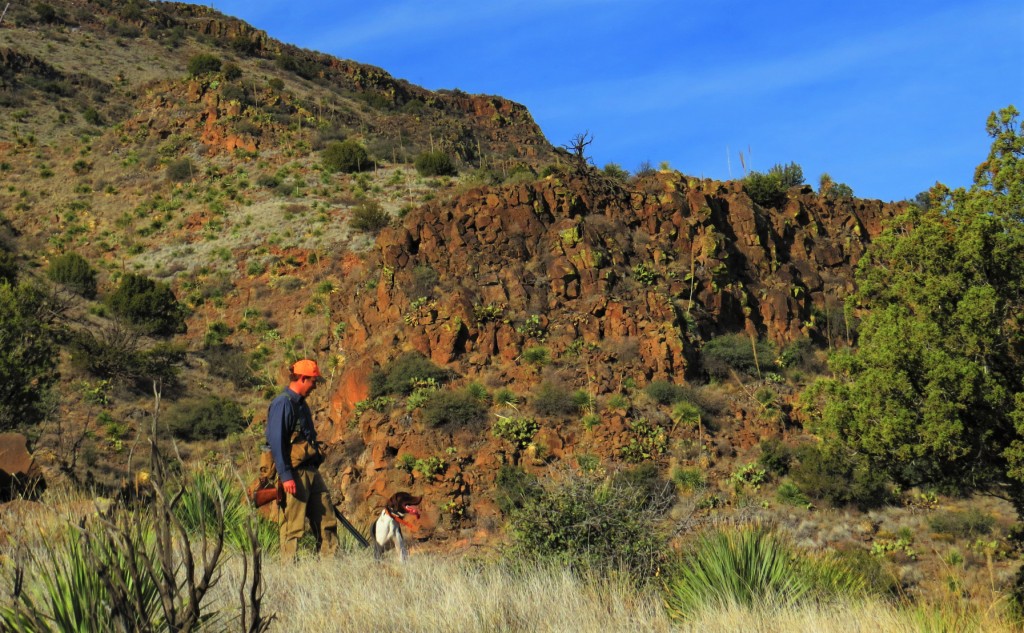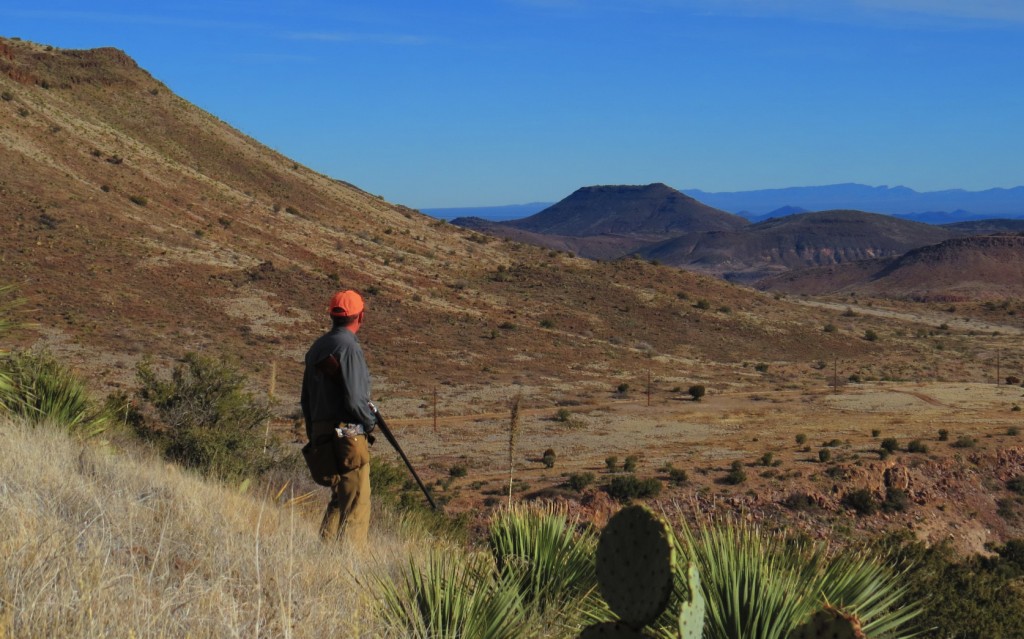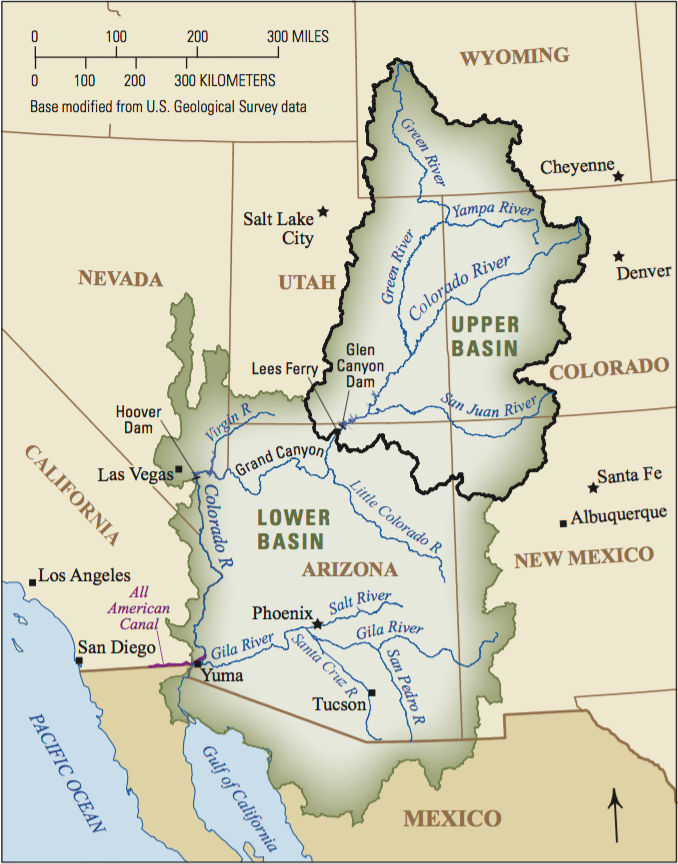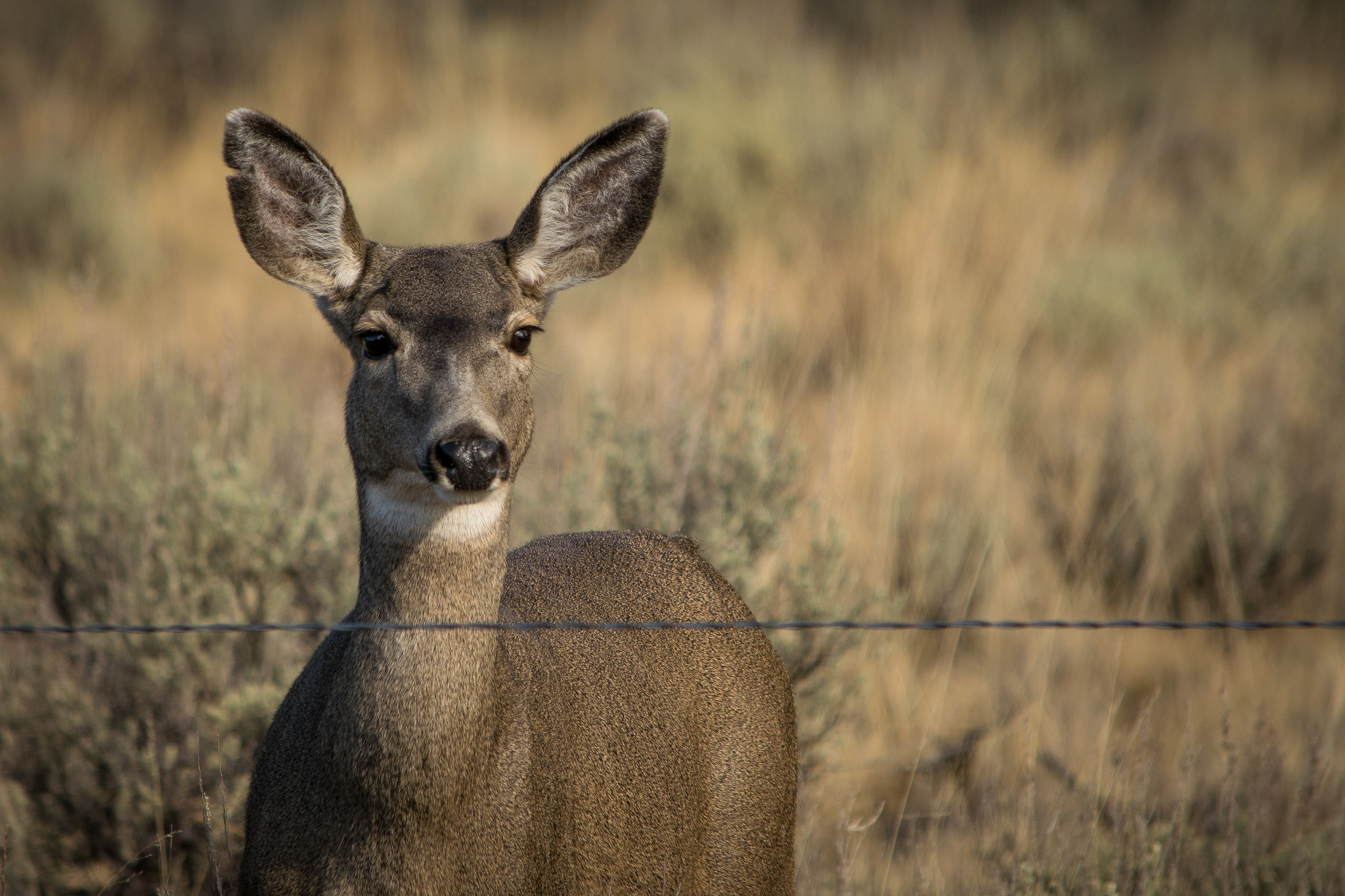An unprecedented review of 21 years of national monument designations appears to be about rolling back government overreach, but could it also roll back hunting and fishing?
For more than 50 years, my friends and I have hunted what is now the Organ Mountains-Desert Peaks National Monument. I remember quail hunting before the monument designation thinking to myself that this place was special. A decade before this half-million-acre parcel was designated as a national monument, I was actually one of the many local sportsmen who joined conservation organizations in calling for the assurances that a monument would bring to fish and wildlife habitat and public access for outdoor recreation.
I’m proud of the role sportsmen and women played in this designation. We were critical to the effort, representing the more conservative side of the community, and helped to bridge any gaps between conservation groups and people who might otherwise oppose the monument. The ranching community, for example, thought that the monument would threaten their livelihood. It did not, however, as grazing is still allowed in the monument. From Doña Ana County to D.C., we—the locals—fought for this and we were heard.
It was an appropriate use of the Antiquities Act because there was a great need to protect these areas, but after many years of repeated attempts in Congress, we weren’t getting anywhere. Now, my buddies and I can continue to hunt these lands for mule deer, Gambel’s, Mearn’s, and scaled quail, and ducks and doves, when there’s water in the playas.

Initially, some sportsmen were skeptical of a monument designation, until they realized that national monuments managed by an agency with a multiple-use mandate—such as the Bureau of Land Management—allow hunting and fishing. There would be no locked gates or closed roads. The only thing the designation would change is the threat of these lands being pulled out from under sportsmen and other recreational users.
Once sportsmen understood this, it was easy to get behind.
Now, President Trump’s recent Executive Order on the review of monument designations under the Antiquities Act could potentially put these hunting lands—and other national monuments created in the last 21 years—at risk. This is something sportsmen cannot support, and we’ve asked President Trump that any changes to monuments be made carefully by Congress, not the administration. The TRCP and our partners would like to see the administration take actions to protect the integrity of the Antiquities Act and recognize it as the valuable conservation tool that it is.
When used appropriately, the Antiquities Act can expand opportunities for hunting & fishing. Click To TweetThat said, monument designations must be pursued in a way that addresses the priorities and values of the community, including its sportsmen. This means a process that is locally driven, transparent, incorporates the science-based management and conservation of important fish and wildlife habitat, and upholds continued opportunities to hunt and fish within the boundaries of a proposed monument. This is exactly the process used to obtain the OMDP National Monument designation.
Along those lines, 28 hunting and fishing groups and businesses developed a set of tenets that we believe should be followed when new monuments are created in areas important to hunters and anglers. These tenets, which we sent to Trump back in April, include the following:
- The monument proposal must be developed through a public process—one that includes hunters and anglers—as well as appropriate state and local governments.
- The monument proclamation should clearly stipulate that any existing state management authority over fish and wildlife populations will be retained by state fish and wildlife agencies with the coordination and flexibility necessary to fulfill public trust responsibilities to conserve fish and wildlife and achieve wildlife management objectives including the ability to establish seasons, bag limits, and regulate method-of-take.
- BLM and U.S. Forest Service lands must remain under the authority of a multiple-use-focused land-management agency.
- Reasonable public access must be retained to enable continued hunting and fishing opportunities.
- The input and guidance of hunters and anglers must be included in management plans for national monuments.
- Important fish and wildlife habitat must be protected.
- The proposal must enjoy support from local sportsmen and women.
- Sporting opportunities must be upheld and the historical and cultural significance of hunting and fishing explicitly acknowledged in the monument proclamation.

When used appropriately with support of the sportsmen community, tools like the Antiquities Act, can successfully safeguard high-value public lands that are important to fish and wildlife, and expand opportunities for sustained high-quality hunting and fishing.
The greatest conservation president of all time, Theodore Roosevelt, established the Antiquities Act 111 years ago this June. Since then, 16 presidents—eight democrats and eight republicans—have used the act to protect lands important to our hunting and fishing heritage.
Some monument designations have been controversial, but instead of considering the repeal of national monuments, we’ve asked President Trump to set an example for how the Antiquities Act should be used responsibly, so that all future presidents may follow in his footsteps and uphold the conservation legacy of Theodore Roosevelt.
Certainly, here in New Mexico, the hunters I know would be left scrambling to find a new spot to hunt mule deer, javelin, pronghorn, and a trio of our favorite quail species. The other 170,000 annual users of OMDP National Monument would be out of luck as well.







Don’t you realize that Trump is a pathological liar. No matter what he says he will do you can’t count on him to do something completely opposite. The solution is not to work with tromp it’s to get him out of office!
I think your approach of “asking President Trump to set an example on how the Antiquities Act should be used responsibly” is a very wise decision. The outdoors enthusiast, hunters and fishermen, both men and women are very supportive of President Trump and I am very sure a more direct connection with his administration at this time can be much more effective than trying to deal with the most divisive congress we have ever witnessed, both sides of the isle. BLM has been polluted and it’s powers manipulated by special interest groups that have caused the need to restructure some of it’s methods and goals. Many ranchers that have worked with BLM have had the land they leased taken from them for various minor infractions and an example is the Ted Turner acquisitions of land for his “corridor” but large fees are paid to hunt on this now private land. President Trump in the short time he has been in office has shown concern for issues such as you have addressed and a civil supportive appeal will get the Presidents support. Congress has only one thing on their mind, to save their behinds at the expense of the country and they will try to destroy a successful businessman that was elected by Americans that love their country and the Constitution, from both sides of the political isle.
The POTUS needs to be taken on a pack trip into a wilderness somewhere. He won’t apprecieate it until he experiences it. Of course he could decide it would make a good golf course. Darn Yankees.
I’m a Yankee and proud of it as an Idahoan. Trump never had a real childhood, no camping, no toddler fascination with minnows in a creek. A trip may, or may not help, depends on his preconceived notions, how bad the mosquitos are.
The Antiquities Act states, “the smallest area compatible with the proper care and management of the objects to be protected.” What single object requires over a million acres? No one person, regardless of party, should have the power to lock up 1..3 million acres as Obama did.
Maintain multiple use!